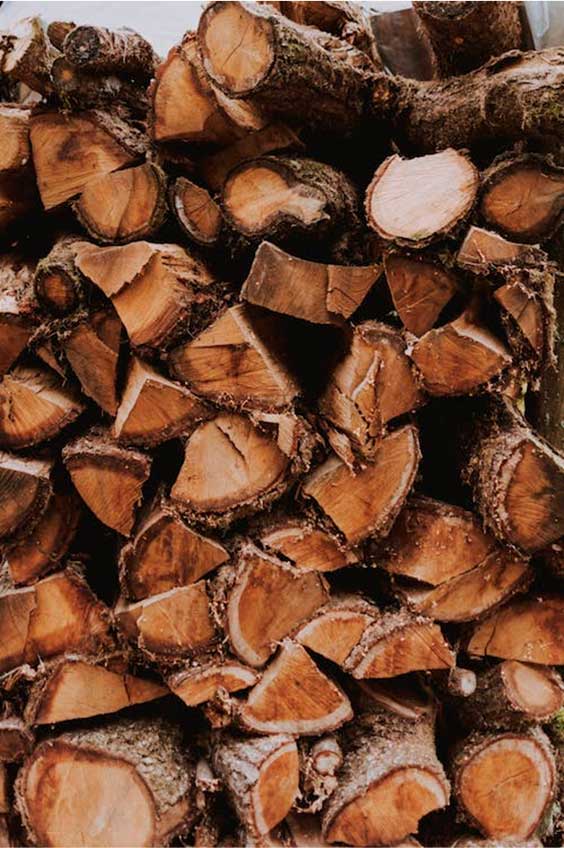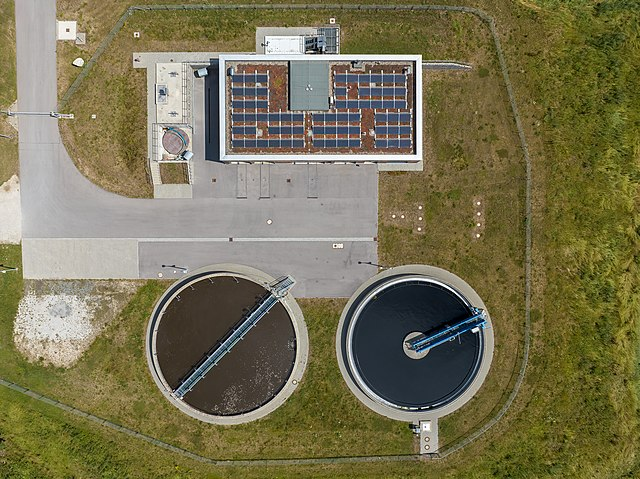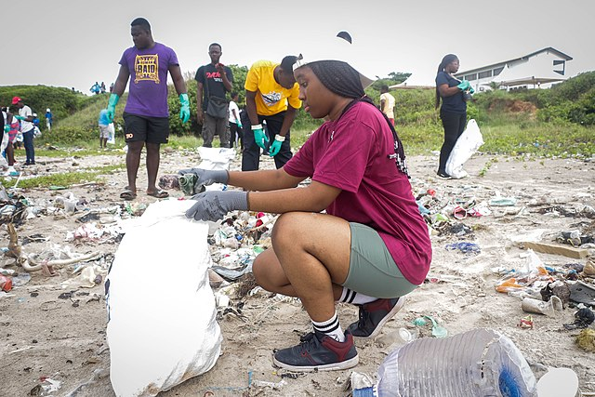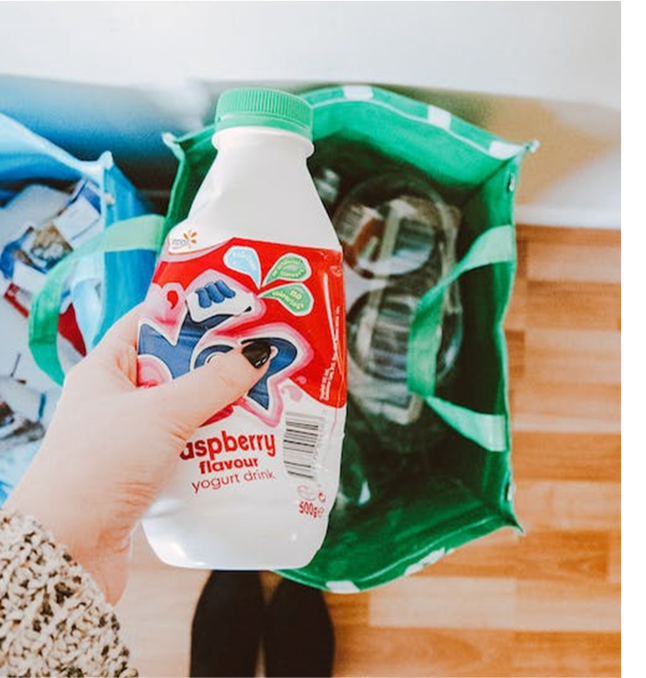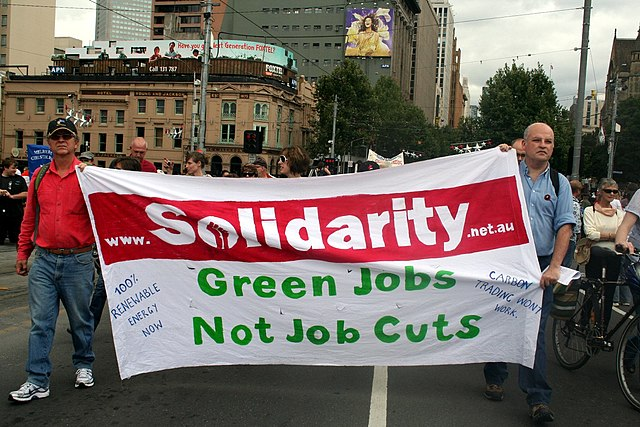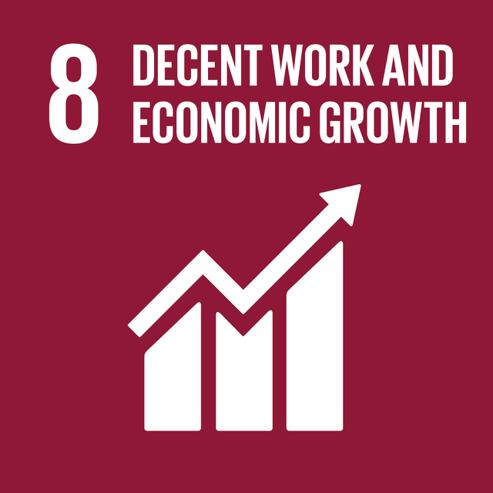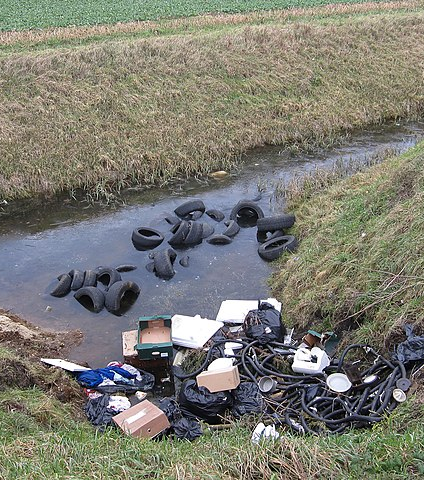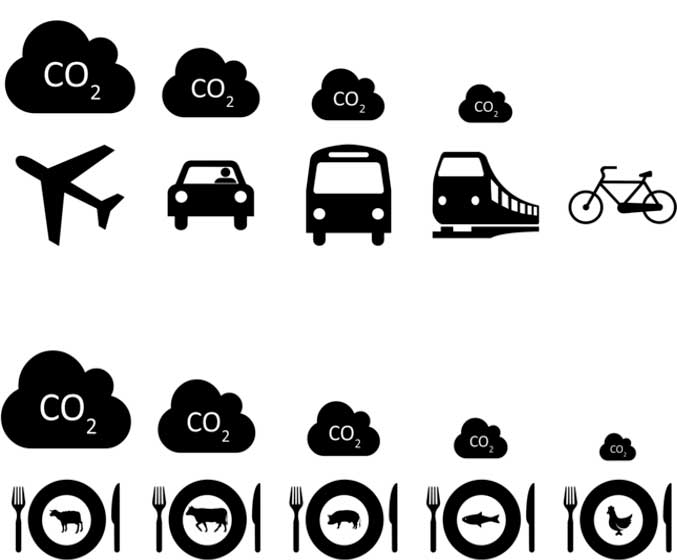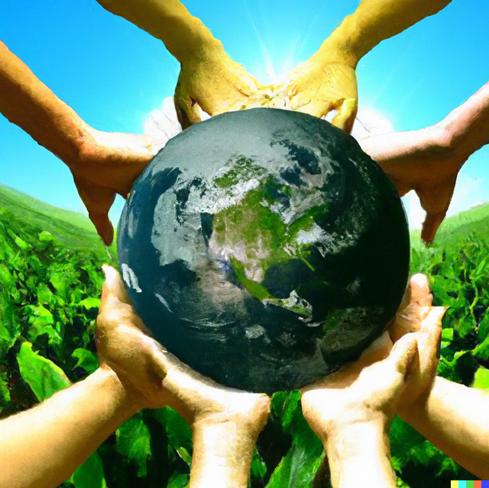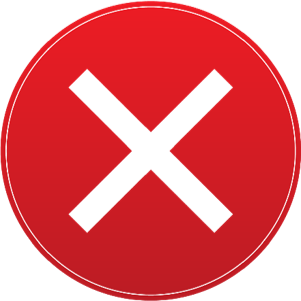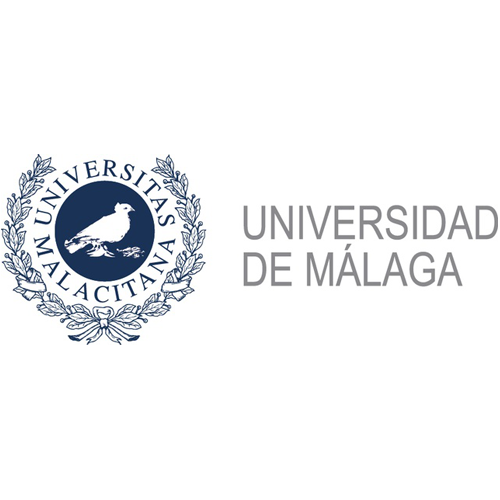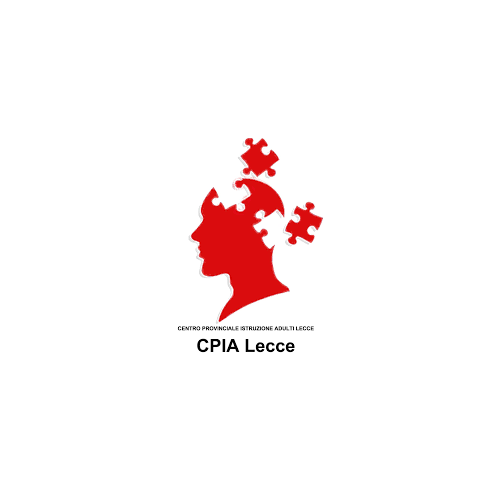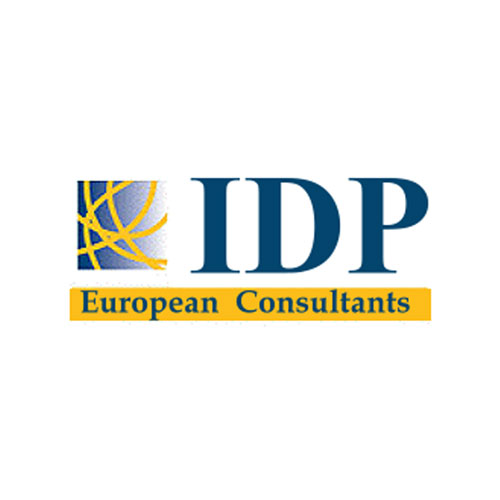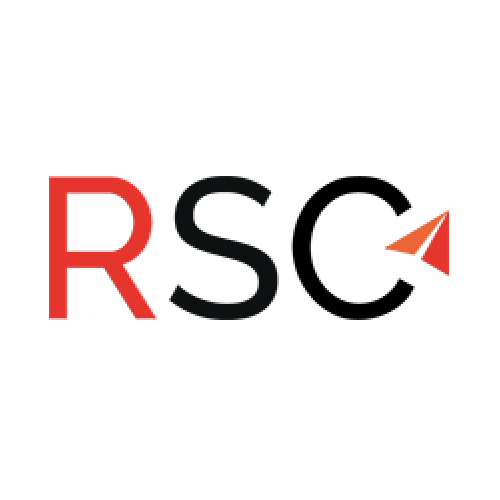EduCARE
Responsible consumption on USE OF RESOURCES
Advanced|
VIDEOS

| ||||||||||||||||||||||
|
Responsible consumption on USE OF RESOURCESClick to read
 Introduction:By 2050, the world population is expected to reach 9.6 billion people, and that means that the equivalent of almost three planets could be needed to provide the natural resources necessary to maintain current lifestyles. Natural resources are those elements of nature that human beings use to cover certain needs that guarantee their well-being or development. For example: water, trees, minerals, fish, air, oil, etc.
The SDG 12 "Responsible production and consumption" proposed by the UN calls governments, companies and all citizens to work together to improve resource efficiency, reduce waste and pollution, and shape a new circular economy. Responsible consumption (RC) is based on the 'Rs' rules of sustainability: Reduce, Reuse, Recycle, Recover, etc., as well as on the choosing of quality items respectful to the natural and social environment. Topic development:
Sustainable / responsible consumption (SC / RC) of resources is the conscious use of services and products for satisfying needs focused on minimising the use of resources and materials and reducing polluting emissions, so it does not jeopardise the needs of future generations. Natural resources can be categorised into: 1. Non-renewable resources (fossil fuels-oil, natural gas, coal and nuclear energy, minerals, etc.) are limited in supply and cannot be used sustainably. 2. Renewable resources. Elements of nature that are regenerated or renewed every periodically, such as trees, solar radiation, wind, wild fish, etc. Likewise, care must be taken of them because their excessive use can lead to their extinction. RC, also named ecological, ethical, critical or green consumption, is related to being aware regarding the natural resource limitations in supply. Consumers committed to this model are informed individuals who contribute to improving the quality of life of current and future generations. This new way of life is summarised in “living with less is the best for a sustainable environment”', in order to reduce economic, environmental and social costs, strengthen economic competitiveness and fight against poverty. RC aims to advance to a more circular economy which keeps materials, products, and services in circulation for as long as possible, reduces material use, redesigns inputs, products, and services and recaptures waste as a resource to be input again. Zero waste means designing and managing products and processes to systematically avoid and eliminate the volume and toxicity of waste and materials, conserving and recovering all resources, and not burning or burying them. Implementing zero waste will eliminate all discharges to land, water or air, that mean a threat to planetary, human, animal or plant health. So, it is an ethical, economical, efficient and visionary goal, to guide people in changing their lifestyles and practices, to emulate sustainable natural cycles, representing an extremely developed circular economy. Turning consumers into prosumers (proactive, committed and responsible consumers) will be the key for advancing to a circular economy and even to a zero-waste model that aims to eliminate all discharges to land, water and air which threaten planet life. Good practices:Examples of good practices from government initiatives to promote sustainable consumption can be found in the OECD report “Promoting Sustainable Consumption'' which draws on work being done: sustainable buildings and construction (Finland), sustainable public procurement (Switzerland), sustainable tourism (France), education for sustainable consumption (Italy), etc. The Spanish government already ran in 1978 a TV ad campaign to reduce water and energy use after the first oil crisis: 'Save. Even if you can afford it, Spain can't'. Currently, the 'Ministry of Ecological Transition and Demographic Challenge' is running a campaign with the motto 'Are you waste-aholic?' You can also come out of that’.
SDG Watch Europe campaign ‘Who is paying the bill?’ tries to increase the awareness on negative impacts that European policies and practices produce in the world, taking into account the environmental and social impacts beyond our borders rather than living in the illusion of a low-carbon, resource efficient Europe. Greenwashing, also known as eco-whitening, is a bad practice consisting of orienting the marketing image of an organisation or company towards an ecological positioning while its actions go against the environment. Current and future challenges:Current and future challenges must concern all the agents involved in responsible production and consumption
Consumers challenges:
Enterprises challenges:
Government and public sector challenges:
Other stakeholders challenges:
To stimulate the participation of citizens, communities and associations making visible their good practices and success stories. Further references:https://education.nationalgeographic.org/resource/nonrenewable-resources https://www.ecoschools.global/ https://www.un.org/en/academic-impact/page/responsible-production-and-consumption The weight of the economy in use of resourcesClick to read
 Introduction:
The satisfaction of the citizens’ needs requires resources to be converted into goods and services: food, clothing, houses, roads, hospitals, schools, etc. Productive resources, therefore, are all those used to produce such as raw materials, labour, machinery, energy, buildings, financial capital, etc. But productive resources are limited, as opposed to the unlimited nature of the needs and desires to be satisfied, so not all needs can be met with the available resources. This is the fundamental economic problem. If current consumption patterns continue, natural resources will continue to degrade and deplete, threatening the feasibility of future generations. The economic response to this challenge lies in the circular economy, which consists of a production and consumption model that involves reusing, repairing and recycling materials and products as long as possible, extending their life cycle, and reducing waste to a minimum. When a product ends its life, its materials are kept for being productively used again and again, trying to reach zero waste production. Impacts/Benefits:Responsible consumption by citizens is one of the drivers of the circular economy. This economic model offers a framework of systemic solutions for economic development that profoundly addresses the cause of global challenges while revealing great opportunities for growth. Driven by design and underpinned using renewable energy and materials, the circular economy revolutionises the way we design, produce and consume. The circular economy involves creating responsible business models based on the creation of real value, combining economic feasibility and profitability with providing a utility to society This is what is called Corporate Social Responsibility. The application of the circular economy has a direct impact on the fight against climate change and waste prevention. For example, changing the way we produce and use steel, cement, aluminium and plastic could reduce GHG emissions up to 40% by 2050. On the economic side, using recycled or reused steel for building construction could in turn generate up to 25% savings in material costs per ton of steel. Likewise, the application of circularity principles to the construction sector could lead to a reduction in materials (and costs) using modular production and 3D printing, the optimization of energy use and the reuse or recycling of high-value materials in the deconstruction phase. For its part, reducing plastic production and consumption can avoid one-third of global plastic waste generation by 2040. Given the current and projected increase in global waste generation, the transition to a circular economy becomes crucial.
By addressing structural inefficiencies along supply chains, the circular economy offers abundant opportunities for value creation at the industry level. For example, the returnable packaging market is expected to grow from US$37 billion (2018) to US$59 billion by 2026. Similarly, the second-hand clothing market will double the size of the fast fashion market by 2029. Some studies suggest that the transition to a circular economy could generate a net economic benefit of €1.8 trillion for Europe by 2030, and an annual value of approximately US$ 624 billion in India by 2050, compared to the current linear scenario. According to Accenture, circular economy (CE) practices would contribute 4.5 trillion dollars until 2030 by closing the circularity gap. Recent studies in Latin America and the Caribbean also indicate that the adoption of the circular economy could create a net increase of 4.8 million jobs in the region. Furthermore, according to the European Commission, the implementation of ambitious circular measures in Europe could generate around 700,000 new jobs. Good practices:Companies as the main protagonists of the change towards a more sustainable production model must incorporate good practices. Some good business practices are pointed out:
Current and future challenges:The economy was just 8.6% circular in 2021, which implied we could only reallocate 8.6% of non-virgin materials. Our economic system is founded on recklessly exploiting the planet’s resources, resulting in environmental, ecological, social, and health issues. Employing virgin resources for 91.4% of our economic activities also suggests a significant “circularity gap” that is linked to inefficient business practices.
Thus, we have to talk about concepts such as sustainable value chains that generate trusting relationships that seek a win-win approach for all the actors involved, the promotion of sustainable entrepreneurship and social innovation as responsible business models. Sustainability means cost savings by reducing the use of resources and waste, and by promoting a local, local economy. Transparency from companies, and education and information on the part of consumers are also important for the further development of sustainable markets and economic indicators of sustainability (such as stock market indexes of ethical businesses, financing, etc.). Sustainability is economically profitable and is a long-lasting strategic commitment for the future. This means that we are facing a new paradigm. The Next Generation programme is a huge opportunity to advance to a more circular economy. The EU’s long-term budget, coupled with NextGenerationEU (NGEU), the temporary instrument designed to boost the recovery, form the largest stimulus package ever financed in Europe. A total of €2.018 trillion in current prices* are helping rebuild a post-COVID-19 Europe. It will be a greener, more digital and more resilient Europe. Further references:Circular economy: a question of design (UNIDO, Feb 2021) Accenture (2021). Winning consumers with a circular economy: https://www.accenture.com/us-en/insights/consumer-goods-services/circular-economy Why innovative manufacturing and circularity are key for a resilient manufacturing industry post-COVID-19 (UNIDO, May 2020) EC: Recovery Plan for Europe: Circular economy and employment: Consumption of resources and the citizens, the society, the cultureClick to read
 Introduction:
Responsible consumption of resources (RC) is not only related to becoming aware of its environmental impacts, such as the depletion of resources or the generation of waste. RC can be defined as the awareness of individual consumers about their rights and responsibilities in the market, and this awareness must include concern for people, communities, and countries. A socially responsible consumer acquires and uses products with a new perspective, which takes into account the relationship between sustainability and consumerism, but also the political, cultural, social and economic implications related to the way in which the goods have been produced. This new fair consumer is concerned with how the resources to manufacture the goods they buy are obtained, processed and produced, worrying about the people and the conditions of the places where they come from. The responsible consumer is also concerned about the effects of globalisation, and is aware of the exploitation, the poverty, the unbalanced relations between rich and poor countries, the lack of respect for human and labour rights in many countries, the standardisation and cultural imposition that dilutes traditions and ancestral knowledge, etc. Impacts/Benefits:Therefore, it is time to consume responsibly, considering the consequences that consumption can have on people, society, countries, and the planet. A socially conscious consumer takes into account engagement with social change through their purchasing power, assuming responsibility as a solution to social problems through his/her purchasing behaviour. There are signs of changes in consumption patterns and lifestyles. People are more responsible in their consumption in all areas,
and, in fact, social and cultural awareness has been changing over time, from the seminal alert of the 1972 Club of Rome Report to the World Summit on Sustainable Development, first held in Johannesburg in 2002 to the current one in 2023 in Delhi, India. Responsible consumption focuses on social and ethical values, taking into account the effects of globalisation and issues such as gender equality, respect for human rights, child protection, working conditions in third countries, legal and labour regulations, the effects on communities of exploitation, relocation and subcontracting, consequences such as migration and depopulation, etc. Responsible consumption can mainly act on the following areas: SOCIAL: RC is a conscious and premeditated act, which fights against the pressure of advertising and imposed fashions, displaying its power for social change and transforming a simple everyday gesture into a true act of citizenship, which contributes to changing the rules and patterns of production and consumption. RC contributes to social equality, favouring local business, close trade and protecting the most vulnerable companies. CULTURAL: RC means a change in lifestyle, which restores well-being and health to people. The empowerment of consumers reinforces their role and ability to influence and transform the world, to defend cultures and diversity, to protect multiculturalism. LAWS, LABOR RIGHTS AND HUMAN RIGHTS: RC promotes socially responsible companies by helping to develop measures, programs, policies, practices and actions in defence of human rights, fair working conditions and legality throughout the world, in line with the SDGs. Good practices:Good CR practices are mainly linked to supporting socially responsible companies (SRC) through consumption. There are some signs that can help consumers to identify SRC: SA 8000 is the most globally accepted independent standard that encourages organisations to develop, maintain and apply socially acceptable practices in the workplace. SA 8000 certification addresses issues including forced and child labour, occupational health and safety, freedom of association and collective bargaining, discrimination, disciplinary practices, working hours, compensation, and management systems.
IKEA IWAY STANDARD: The IKEA vision is to create a better everyday life for the many people. All the companies operating under the IKEA brand and all their suppliers are subject to the IWAY standard, which aims to take care of people, the planet and animals. ‘When people, the planet and animals are treated with respect, workers are more productive, resources are utilised more efficiently, and business thrives. Our customers benefit too –knowing that all goods IKEA sells are produced, transported, delivered and assembled responsibly and that suppliers of our stores, customer touchpoints and production sites maintain good social, environmental and animal welfare conditions, at all stages of the IKEA value chain’. RE-SHOPS FROM CARITAS: Caritas Internationalis is a confederation of 162 Catholic relief, and social organizations whose mission is to work especially for the poor and oppressed. In Spain, Caritas has developed a chain of second-hand stores for collecting, re-sell and recycle textiles, with the purposes of promoting access to the labour market for people at risk of exclusion; managing and dignifying social delivery to families with limited resources; and giving the collected clothing the best treatment, respecting the waste hierarchy. Awareness programs 5Rs for kids and adults: an example of company focused on the design and development of actions to move the awareness about sustainability is Ecoideas Consultoria that carries out education programmes for schools, institutes and citizens that beyond learning what and how implement 5Rs, “do it” with participants in short sessions in practice. Current and future challenges:The main challenge to develop a more responsible consumption is to increase the social awareness of people in their consumption behaviour, that is, the ability to have perspective and empathise with others, including people from other origins and cultures. In short, it is essential to enhance the ability to understand the social and ethical norms of behaviour and recognize how we affect the resources of the world, society and the community. It is basic to make future generations see how important it is to be aware of their purchasing impacts and reorient them towards responsibility. Education and culture become key points to support economic, environmental and social sustainability. More scientific research is required on the keys of consumer behaviour, for a better understanding of his/her attitudes and motivations that support effective educational and sensitising programs. Progress must also be made in providing technical training to consumers about the standards and certifications that guarantee responsible production, so that they know how to understand and interpret product labelling and thus be able to make more sensible and well-founded decisions. Social and cultural awareness should face a main challenge: a collective and contagious movement that transforms the way to consume and produce all over the world. Likewise, these common concerns should motivate a public engagement forum on sustainable living and consumption action plans supported by policymakers, citizens and companies. Further references:SA 8000 Website: Environmental sustainability in use of resourcesClick to read
 Introduction:
Consumption is necessary since all people need to have goods and services that we cannot generate by ourselves. But although consumption is something legitimate, the spiral of consumerism in which we are involved represents an excess that results in the overexploitation of the planet's resources. The problem is that we not only use resources that are finite and cannot be renewed, but also that we overuse those that can be renewed and that are doing so at a lower rate than they are consumed. Its most obvious effects are the climate change and the loss of biodiversity, with the resulting consequences that this entails: change in weather patterns, rise in temperatures, more intense storms and heat waves, drought, melting ice and rise in sea level, air pollution, depletion of energy and mineral sources, excess waste, loss of species, food shortages, more diseases and epidemics, poverty, migratory displacements, increased mortality, etc. Reducing the consumption of all types of resources is essential to ensure environmental sustainability, but for this it is necessary to have information that facilitates the development of a more responsible consumption. There are some critical indicators that must be known and considered in our purchasing decisions if we want to achieve a more responsible way of life. Impacts/Benefits:Water footprint: all products and services take water to be made. The water footprint measures the amount of water used to produce each of the goods and services we use. It can be measured for a single process or for an entire company. The water footprint can also tell us how much water is being consumed in a specific river basin or from an aquifer. It is also possible to use the water footprint to measure the amount of water required to produce all the goods and services consumed by the individual or community, a nation or all of humanity. This also includes the direct water footprint, which is the water used directly by the individual(s) and the indirect water footprint – the summation of the water footprints of all the products consumed. The European water footprint per capita is 5,011 litres a day but in the US it rises to 7,800 litres.
Carbon footprint: The trail of greenhouse gases (GHGs) left by human activities is known as a carbon footprint. It represents the total volume of greenhouse gases (GHG) produced by the economic and daily activities of the human being —expressed in tons of CO2 emitted. This environmental indicator measures both direct and indirect emissions of compounds such as methane (CH4), nitrogen oxide (N2O), hydrofluorocarbons (HFCs), perfluorocarbons (PFCs), sulphur hexafluoride (SF6) and, above all, the most abundant and most abundant and contributing most to global warming since 1990: carbon dioxide (CO2). The carbon footprint has increased 11-fold since 1961 and now accounts for 60% of the total impact of human activities on the environment. It can be measured for individuals, communities, companies, or countries.
Waste production and management: Europe produces annually over 250 million tonnes of municipal waste and more than 850 million of industrial waste. The annual average rate of increase of these wastes since 1985 in the OECD European area is estimated at around 3 per cent. In 2020 the amount of municipal waste generated per person in the EU amounted to 505 kg, 4 kg per person more than in 2019 and 38 kg more than in 1995. The main problem concerning waste is not only its production but also its management, that means, the prevention, collection, treatment and recycling. EU member States should make efforts to ensure the following waste recycling quotas by 2030: 80% of paper and cardboard, 70% of packaging, 80% of ferrous metals, 75% of glass, 60% of aluminium, 55% of plastic and 30% of wood. On the other hand, targets have also been set for municipal waste, whose recycling must be at least 60% in 2030. Other significant indicators of the ecological impacts of consumption are the following:
Good practices:
EU for solar panels: In December 2022, Parliament voted in favour of making that new buildings have solar panels mandatory for EU countries to ensure that permits to install solar energy equipment on buildings are delivered within one month. This does apply except for smaller installations below 50kW, as a simple notification procedure would be enough. Installing solar equipment would be exempt from the requirement to conduct an environmental impact assessment. The process to issue a permit for the installation of heat pumps should not exceed one month. Dual water supply systems: dual distribution systems involve the use of water supplies from two different sources in two separate distribution networks. The two systems work independently of each other within the same service area. Dual distribution systems are usually used to supply potable water through one distribution network and non-potable water through the other. The systems would be used to augment public water supplies by providing untreated, or poorly treated, water for purposes other than drinking. Such purposes could include firefighting, sanitary flushing, street cleaning, or irrigation of ornamental gardens or lawns. Green Logistics / Eco-friendly delivery: it is the process of minimising damage to the environment due to the logistics operation of an organisation. Logistics include transportation and resource intensive processes such as procurement, inventory management, warehousing, order fulfilment and distribution. It also includes reverse processes such as disposal logistics concerning reuse, recycling and waste disposal. Companies that are examples of sustainable logistics are Lidl, IKEA or UPS. Melia Hotels International has been recognised as the Most Sustainable Hotel Company in Spain and Europe for the Third Consecutive Year (2019, 2020, 2021). The company is also second in the world ranking prepared by S&P Global, the sustainable investment agency that evaluates companies in the Dow Jones Sustainability Index. “With a global presence on four continents, we are committed to working towards a new sustainable and responsible hospitality model, increasing the contribution of the industry to society and helping protect the planet. We are very proud that Meliá is the brand that is leading this transformation and that we are seen as a benchmark for sustainability in the world, given that this will be key to the tourism of the future", stated Gabriel Escarrer, CEO of Meliá Hotels International. Current and future challenges:The challenges to reduce and mitigate the consumption of resources necessarily involve working for the SDGs related to this concern, namely:
We can summarise the great challenges of the future in two blocks:
Further references:The Water Footprint Network: How to become a more responsible consumer of resourcesClick to read
 Introduction:Responsible consumption implies applying the well-known basic rules of sustainability, which were originally expressed in the “3 Rs” (reduce, reuse, recycle) and have recently been expanded to 7 or even 10: rethink, reject, reduce, reuse, refill, renew, recover, repair, return, recycle. Reducing the consumption of all kinds of goods and services means saving on raw materials, energy, water, land occupation, and producing less pollution and waste by having to manufacture less things. To achieve a more responsible mode of consumption, the role of the consumer is essential, since it is the market demand that drives the supply. Consequently, assigning a part of the responsibility to the consumer is necessary to achieve a more conscious way of life. Do not forget that 'you can do more' for society, for the planet and even for yourself. Consumers are required to bet on reducing consumption, and that can be made by reusing. That is, avoiding the discard of goods that are still useful, simply because they can buy it new. And when a good is no longer suitable for use, the right thing to do is to dispose of its waste in such a way that it can be recovered as raw material, used in other processes or simply thrown away without a negative impact on the environment.
A cultural change for turning our mindset from ‘use-and-throw-away’ mode of consumption to ‘reduce-reuse-recycle’ is extremely necessary.
Developing a more responsible consumption is positive for individuals and families: austerity makes people stronger, more resilient and autonomous. By limiting unnecessary consumption, we not only save money, but we also strengthen our willpower and the ability to control our lives, creating habits that in the long term will benefit our mind, our health and our finances. In families, in addition to representing significant savings, moderating consumption is very educational for children and young people, since they learn to give value to things and incorporate these habits into their lives. When reusing goods, it is often necessary to think about new functionalities and uses, about how to repair or renovate them. This gesture enhances creativity, ingenuity and the capacity for innovation, opening minds. A shocking indicator is Earth Overcapacity Day, also called Ecological Debt Day, which indicates on which day of the year we have exhausted all existing natural resources for the entire year, so we are consuming beyond what we have. The EOD has been advanced from December 29 in 1970 to July 28 in 2022: we are needing almost 2 planets to sustain our way of life and that figure in developed countries raises to 2.5-3 planets. Tips and recommendations todo /Not to do:Although the focus to achieve a more sustainable way of life must be placed on the industry, consumers are also called up to develop better habits. Changing the value chains of resource production and use will take time, since the role of consumers through their small daily actions is important to move towards an increasingly circular economy. To help you to change your habits and inspire others, here is some practical advice: ‘TO DO’
‘NOT TO DO’
Further references:Sustainable consumption: Blog. |
Area
Use of resources
LevelAdvanced
KeywordsResponsible consumption; use of resources; energy; water; raw materials; natural resources, renewable resources / non-renewable resources; air pollution; circular economy; waste; UN SDG12; end of Life (EoL)
 Play the game
Play the game Send us your opinion!
Send us your opinion! Play Audio
Play Audio 

